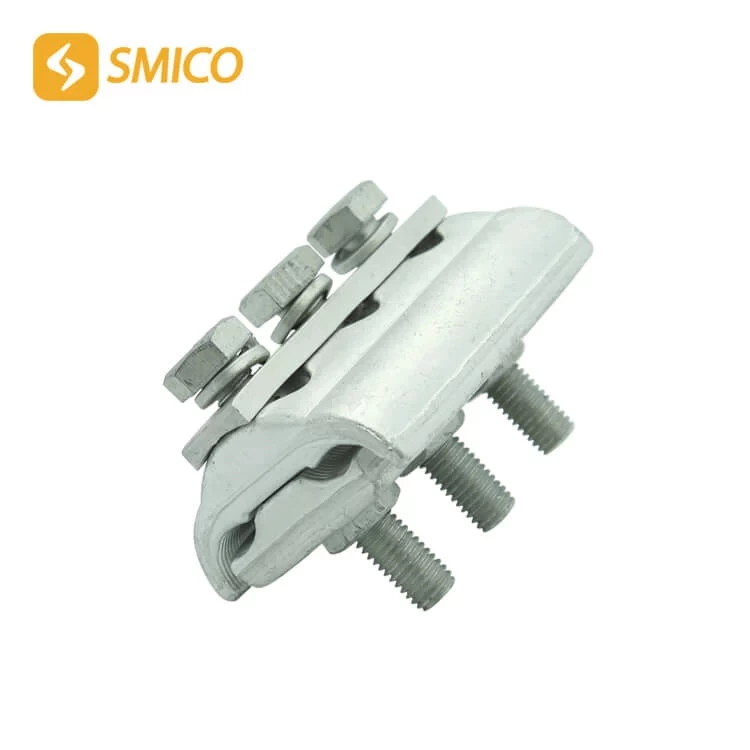How To Connect The Household Distribution Box? How To Connect The Wire Clamps In Parallel?
How to wire a household distribution box? How to pg clamps.
When it comes to decoration, many friends like to do it themselves. However, when encountering water and electricity and other links that have a greater impact on the overall decoration, you must do your homework and not implement it lightly. In particular, some users choose to connect the distribution box by themselves. Little do they know that a mistake in the distribution box will not only affect future electricity use, but will even leave safety hazards for the entire building. Here I remind you of a mistake that is often made by individual users when wiring the distribution box. Distribution box parallel wiring "Parallel wiring" in electricity refers to the gathering of multiple wires together and then wiring. This connection method has a proprietary name in the distribution box-jumper. In order to better let everyone understand "jumper", let's take a look at a photo first.
Pay attention, from the outlet of the main switch, each pole terminal only leads to one line, but there are 11 branch circuit breakers. So how can this line only be connected to the upper mouth of the 11 circuit breakers? The answer is jumper! We only look at phase A (yellow wire). Phase A has 4 branches. The connection method in the photo is to connect the main switch to the first circuit breaker, and then connect a wire from the top of the first circuit breaker to the second circuit breaker... This results in two wires from the top of the first, second, and third circuit breakers connected to the terminal. This is called a jumper! The jumper connection method was explicitly prohibited in the national standard as early as 2010. If you see this connection method in the market or commercial housing today, you can immediately complain to the relevant department. Let me explain why this connection is not allowed. The hazards of jumpers When a jumper occurs, the first wire, that is, the wire drawn from the bottom of the main switch, carries the current of the sum of the currents on the following four circuit breakers. The second wire, that is, the wire drawn from the top of the first circuit breaker, carries the sum of the currents on the following three circuit breakers... When selecting wires, they are selected according to the loop current.
For a household PZ30 distribution box, the thickest wire in the box will not exceed 6 square millimeters, and is generally 4 square millimeters. If the wire is too thick, it will cause the space inside the box to be crowded, which is not conducive to the heat dissipation of the wire. The maximum current carrying capacity of a 6 square millimeter copper wire is 32A, and the maximum current carrying capacity of a 4 square millimeter copper wire is 25A (data from the national standard "GB/T 4706.1-2005"). Imagine that the rated current of a five-hole socket is 10A. How many sockets can a circuit breaker control? What's more, one wire here needs to carry the sum of the currents of four circuit breakers. Therefore, when we use the jumper method for wiring, the closer the wire is to the distribution box, the greater the working pressure. In most cases, overload will occur-and the overload here will not cause the circuit breaker to trip because the rated current of the circuit breaker has not yet been reached. In other words, even if it is overloaded, it will not be protected.
Correct wiring method Since we can't jump the wire, how should we wire it? The correct method is that there are several branches behind the circuit breaker, and several wires are drawn from the bottom of the main switch. Let each wire only carry the current in one circuit. In this way, the wires can be protected by the branch circuit breaker to avoid overload. Look at this distribution box. There are 10 branches behind the main switch, and 10 wires are led out from the bottom of the main switch. This is a very standard practice. The 10 wires cannot be directly connected to the terminal.
The method selected here is single bolt parallel groove connector with heat shrink sleeve. If the depth of the distribution box is sufficient, it is recommended to choose the method of routing the wires from behind the circuit breaker as shown in the photo. If the depth is not enough, you can leave a width of 1 level (18mm) between the main switch and the first branch switch to allow the wires to pass through. After connecting the distribution box, use the circuit breaker baffle to cover this distance.

